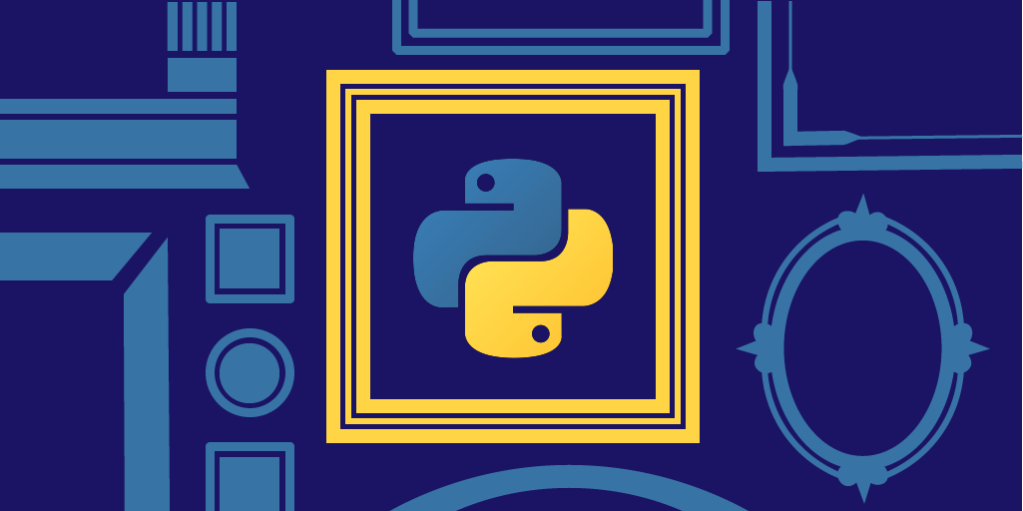With the advent of mobile apps, there are more developers and entrepreneurs than ever looking to capitalize on this growing trend. Due to their relatively short lifespans and the ever-changing nature of the world we live in, it’s challenging to create an app that will last. However, if you know what you’re doing with Python frameworks, you’ll be able to create apps that are flexible enough to keep up with whatever changes are thrown your way. Check out these 7 powerful Python frameworks for mobile app development if you want to make sure your next app gets off on the right foot!
1) What is a framework?
A software framework is a way of structuring and organizing computer code to make it easier to develop and maintain. That is, you can use an existing framework instead of building your own libraries for things like database access, user interface management, etc. If you’re interested in learning how to develop mobile apps with Python 3. x then one of these frameworks might be useful in building out your app. Let’s take a look at a few of them below
2) Advantages of using Python as a framework
There are a lot of advantages to using Python as a framework. Many major IT companies, including Google and Yahoo!, have used Python for their applications. Its high-level features and flexibility make it simple to learn, even if you’re just beginning with programming. Furthermore, since it is open-source and free of charge, there’s little financial risk involved in investing in learning how to use it.
3) PyMongo
If you are planning to design a mobile app in Python, PyMongo will be your best bet. This Python framework helps you create database-agnostic apps that run on both Android and iOS devices. To enhance efficiency and performance, it uses multiple libraries like CouchDB and Lucene. It is also easy to integrate PyMongo with applications built on other frameworks such as Django or Tornado. The official documentation for PyMongo can help you get started with creating an app in no time.
4) Flask
Flask is a microframework for Python based on Werkzeug, Jinja 2 and good intentions. It was developed by Armin Ronacher. Flask doesn’t come with a database abstraction layer or form validation. Instead, it has extensions that integrate with many common packages and frameworks, including SQLAlchemy, Peewee, WTForms, Mako Templates and more.
5) CherryPy
CherryPy is a Pythonic, object-oriented HTTP framework. It is written in Python and has many of its own built-in objects for handling web requests and rendering responses. Most frameworks that claim to be pythonic don’t really fit that description, but CherryPy really fits into that category. One key feature of CherryPy is its use of generators, which makes it easier to deal with large amounts of data without having memory issues.
6) Django
Django is a very popular framework for developing web applications. Django takes care of a lot of mundane tasks for you and has a lot of community support. It also has some relatively easy built-in methods to pull in data from social networks like Facebook and Twitter. The disadvantage to using Django is that it’s a fairly large framework with many moving parts, so sometimes it can be difficult to configure things exactly how you want them, especially in comparison to other frameworks available.
7) Twisted Web
Twisted Web is a web framework based on Twisted, an event-driven networking engine written in Python. It provides developers with both an HTTP server and an HTTP client that are extremely easy to deploy and use. With Twisted Web, you can write dynamic websites easily using your own code or pre-built widgets—you just have to edit one file to change pages and update URLs. The best part about Twisted Web is that it’s free for personal use and open source under the MIT license.
